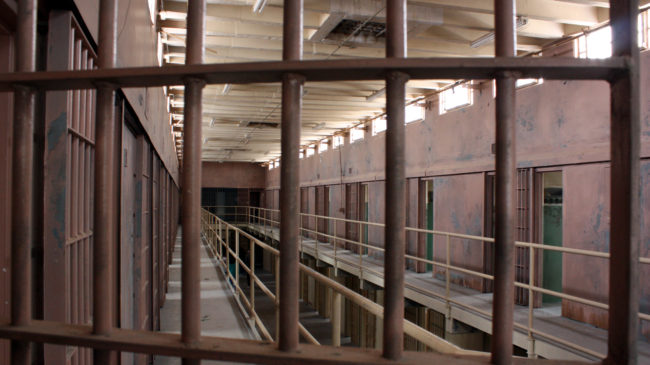Proposition 20, the Criminal Sentencing, Parole, and DNA Collection Initiative, is one of the most contentious items on the statewide ballot because it would undo significant criminal justice system reforms passed by California voters in recent years at the very moment that many other states are finally starting to make needed reforms.
Although the initiative deals with topics like police power and incarceration rates, it was placed on the ballot before the national conversation on racial injustice and criminal justice began this summer. Prop. 20, supported by groups such as the California Correctional Peace Officers Association, seeks to address complaints from law enforcement groups that claim it has become too difficult to prosecute repeat offenders, that more minor offenses should be charged as felonies, and they should be able to take DNA from people that commit minor crimes in efforts to expand the DNA database used to help solve crimes.
The initiative would roll back reforms that have been made to the classification of crimes considered non-violent, create two new crimes that would be added to state law—serial theft and organized theft, and make parole more difficult to attain for those convicted of various crimes.
The measure is largely written as law enforcement’s effort to unwind the statewide criminal justice ballot measures voters passed in 2014 and 2016. These policy changes were implemented, in part, due to the extreme overcrowding of the state’s prison system at the time. Prison overcrowding in California grew so drastically as a result of the so-called tough-on-crime laws passed in the 1980s and ‘90s, that the Supreme Court of the United States ruled that California had to reduce its prison population by more than 30,000 prisoners.
Supporters of Prop. 20 argue that earlier reforms have led to ‘rising crime rates.’ While law enforcement may like to focus on things like a small spike in theft in recent years, or on crime rates in recent months as the country deals with a once-in-a-century pandemic, the long-term trends are what should drive public policy decisions. And the long-term criminal justice trends in California— and across the rest of the country — have shown a decrease in crime rates. A 2019 study by the Center on Juvenile and Criminal Justice found that crime rates have fallen more than 10 percent in the past decade as the voter-approved criminal justice reforms were implemented. “Violent crime rates fell by 13.5 percent, and property crime rates decreased by 9.9 percent” in California from 2010 to 2019, the study found.
The state doesn’t need Prop. 20. Right now, many cities and states are examining the merits of reducing the size and scope of their police departments to improve the way law enforcement interacts with citizens.
In contrast to those changes, Prop. 20 would shift more taxpayer money to law enforcement and particularly incarceration. “We estimate that the increase in state and local correctional costs would likely be in the tens of millions of dollars annually,” the Legislative Analyst’s Office’s costs estimate of Prop. 20 found.
Ultimately, Prop. 20 would significantly weaken certain elements of criminal justice reform in California at a time when more and more citizens are demanding a rethinking of how law enforcement functions and deals with citizens. It would also put more people in jail as a growing body of empirical evidence shows that rehabilitation, not incarceration, is a significantly more effective way to lower crime and recidivism rates.
California does not need to return to its failed tough-on-crime mentality, which led to harsh prison sentences for minor crimes, prison overcrowding, huge taxpayer expenses, and many of the racial inequities being protested today.
This column previously appeared in the Orange County Register.

